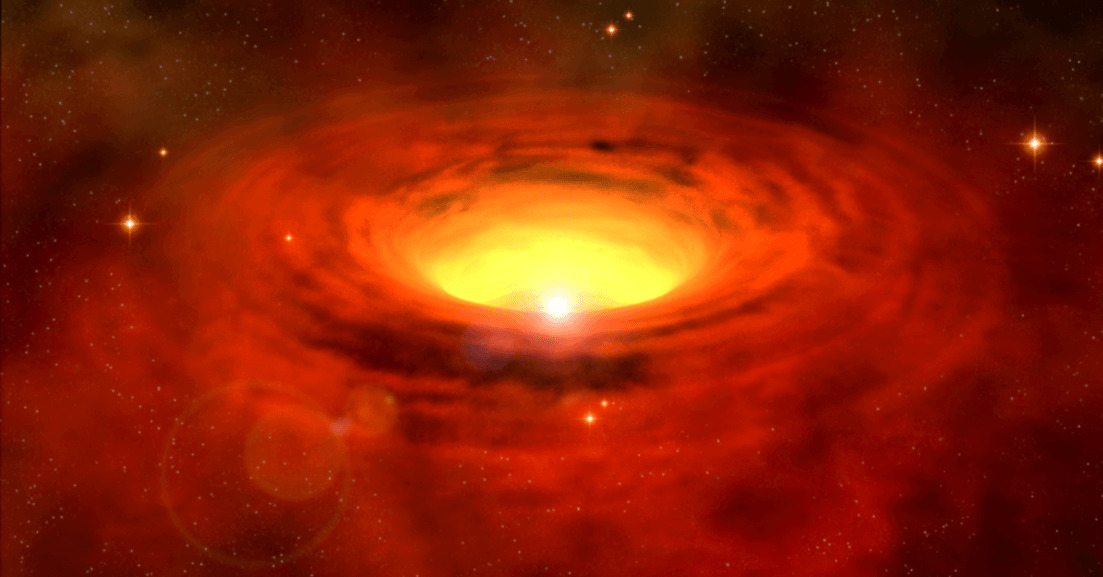つくば宇宙理論セミナー
第35回

What young stars' infrared variability reveals about protoplanetary disks
ニール・ターナー 氏
ジェット推進研究所,カリフォルニア工科大学
要旨
Young stars' infrared emission shows several puzzling features: variability uncorrelated with visible-light changes, foreground extinction that recurs erratically on weekly timescales, and excesses over the stellar photosphere too large to explain with starlight absorbed and re-emitted by a hydrostatic protostellar disk. I will discuss how each of these features can be explained by a time-varying, magnetically-supported disk atmosphere like those found in MHD calculations of magneto-rotational turbulence. Through Monte Carlo radiative transfer calculations I will show that such an atmosphere yields variability amplitudes as observed. Since the starlight-absorbing surface lies higher than in hydrostatic models, a greater fraction of the stellar luminosity is reprocessed into the infrared, providing a natural explanation for the larger excesses. The atmosphere rises high enough to obscure the star in systems viewed near edge-on, and can explain the week-long extinction events, provided only that the dust in the outer parts of the disk has undergone some growth or settling, as likely required for planet formation to begin.





 Ja En
Ja En